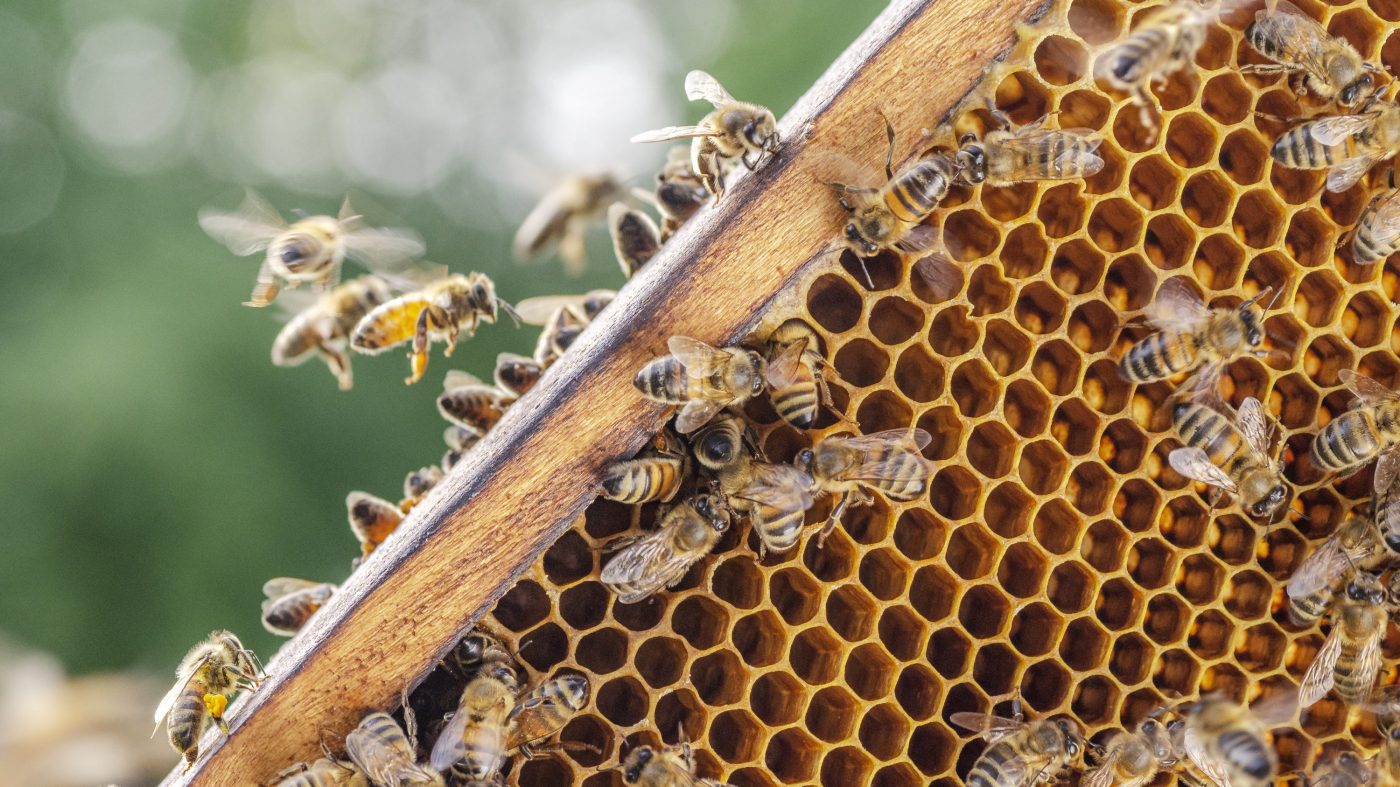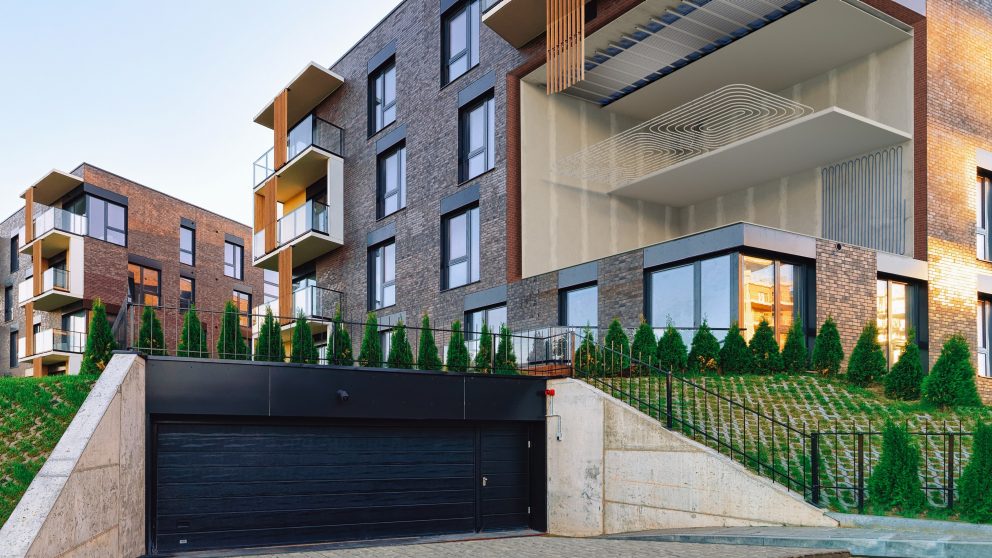There’s no missing the humming and buzzing on the roof of wienerberger’s headquarters in Vienna’s Biotope City: Honeybees are preparing to venture out on their daily foraging flights. With the settlement of bee colonies wienerberger is promoting biological diversity in the Wienerberg nature preserve and taking responsibility for nature and society.
New life on the roof of the office building
Bees preserve nature and produce honey for us to eat: A new habitat has been created for them at wienerberger’s headquarters in Biotope City in the south of Vienna. Four beehives have been set up on the flat roof of the sustainable brick building, and more will follow next year. For wienerberger this is a special project: The bees not only live on the company’s roof but also collect pollen where the company has its origin. 200 years ago, the first clay pit was created on Wienerberg. A nature preserve grew up around this clay pit when it was flooded that now boasts rich fauna and flora.
By adding beehives to its rooftops, wienerberger is showing its great commitment to biodiversity and at the same time its responsibility toward society. Biodiversity is one of the pillars of wienerberger’s Sustainability Strategy 2020+ in addition to the circular economy and decarbonization. Thanks to the headquarters’ proximity to green spaces, the bees are surrounded by an ideal environment. As soon as they venture out from the rooftop, they can start pollinating plants.
Hobby beekeepers set the ball rolling
The project has been implemented by Kathrin Hischenhuber, Assistant to the CFO at wienerberger’s subsidiary Pipelife, together with David Graham, Environmental, Health and Safety Manager at Pipelife. Ms. Hischenhuber, who holds a degree in zoology and is a passionate beekeeper, can now pursue her hobby while at work: “David Graham and I are beekeepers in our spare time. Then we thought: How about we set up beehives on the roof of wienerberger’s group headquarters? We were delighted that out proposal was met with such a positive response.”
 © ©Darios - stock.adobe.com
© ©Darios - stock.adobe.com






 © Marjolein den Hartog
© Marjolein den Hartog
 © Adobe Stock
© Adobe Stock
